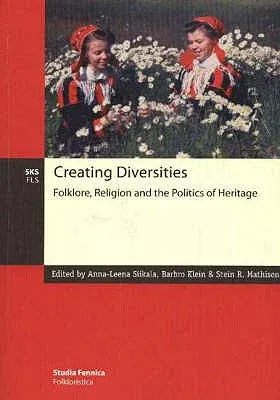The effects of globalization and the momentous changes to the political
map of Europe have led to a world in which multiculturalism and ethnic
differences have become issues of increasing importance. In Nordic
countries, relationships between new immigrants, local ethnic groups and
majorities are created in ongoing and sometimes heated discussions. In
transforming multicultural societies, folklore has taken on new
manifestations and meanings. How can folklore studies illuminate the
present cultural, political and historical changes? Creating
Diversities. Folklore, Religion and the Politics of Heritage seeks
answers to this question. It emphasizes two important factors in the
cultural and political exchanges among historical minorities, recent
immigrants, and the majority groups dictating the conditions of these
exchanges. The first factor is religion, which is a powerful tool in the
construction of ethnic selves and in the establishment of boundaries
between groups. The second factor is the role of national and regional
folklore archives and ethnographic and cultural historical museums which
create ideas and images of minorities. These representations, created in
different political climates, affect the general understanding of the
people depicted. Fifteen well-known folklorists and ethnographers from
Norway, Sweden, Finland, Estonia and the United States offer insights
and background material on these problems. In addition to immigrants and
ethnic minorities in the Nordic countries, especially the Sámi, examples
are sought from among the Finno-Ugrian minorities in Russia and the
Nordic population in North America.


